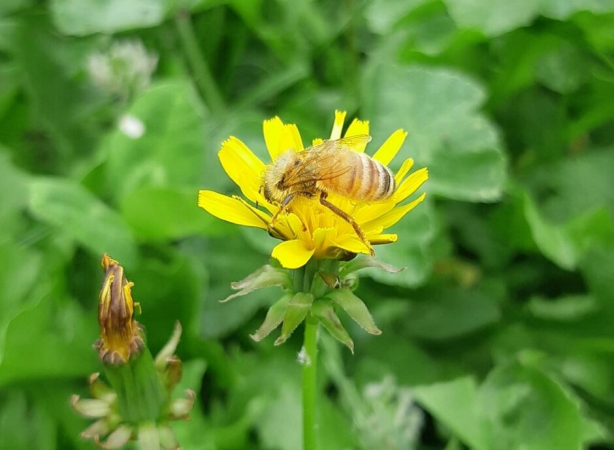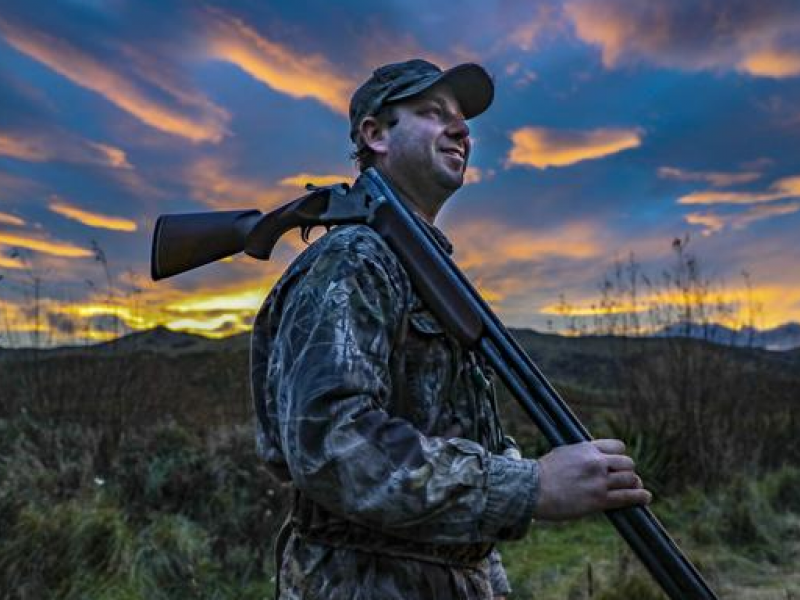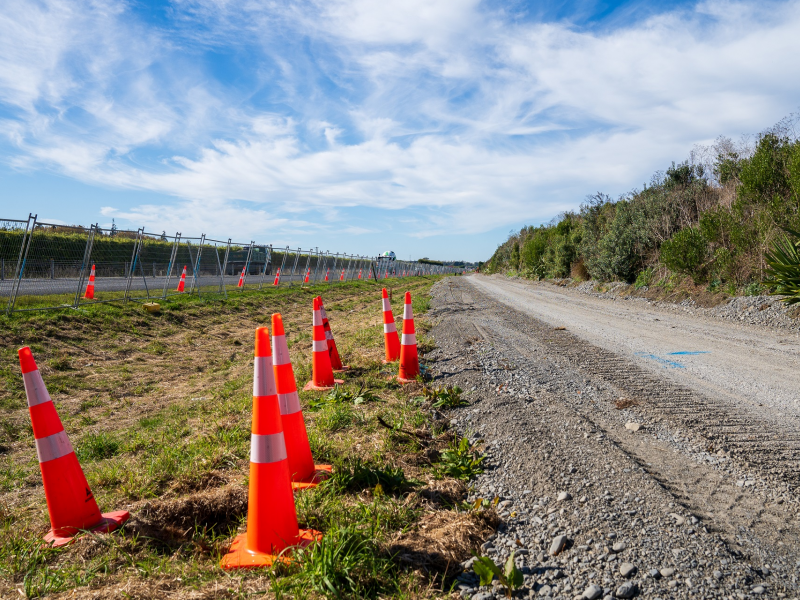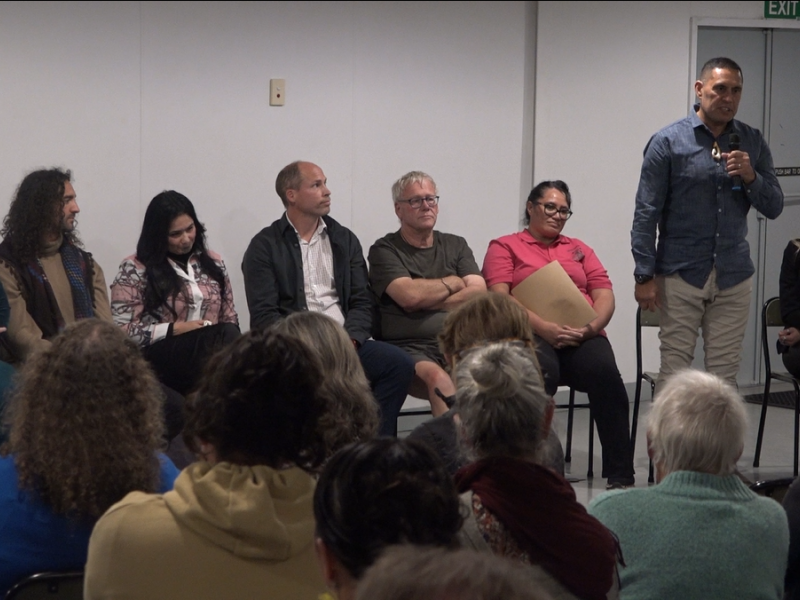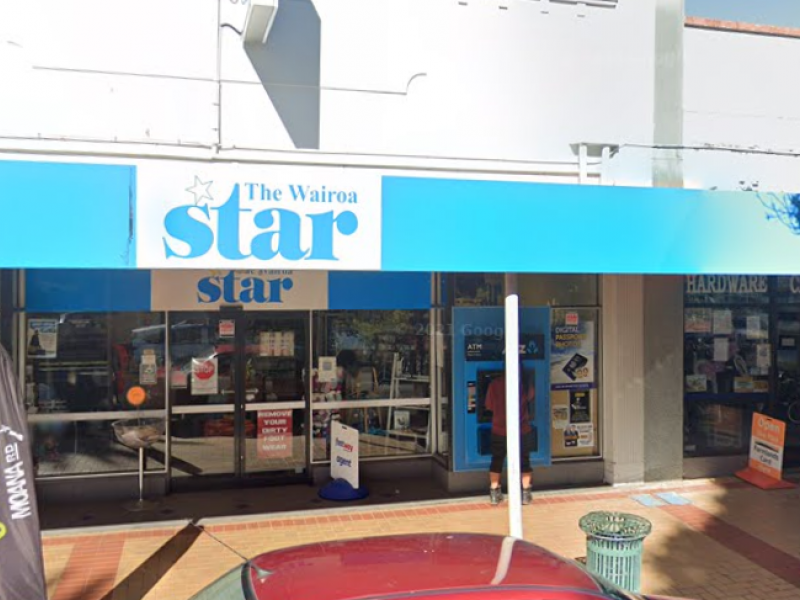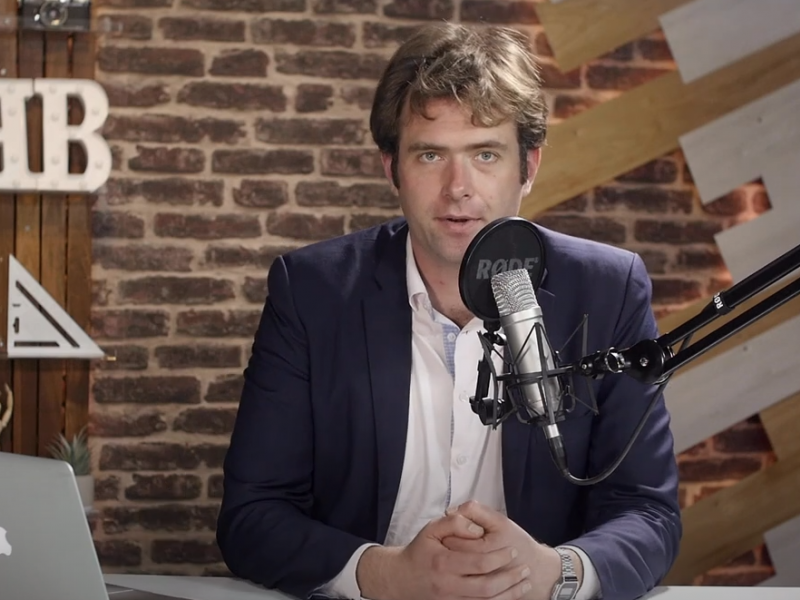Gardening: Creating a ‘bee-friendly’ garden
We need bees. For us to be fed we need to feed the bees.
It has been recognised for some time now that our bee population is in decline. A major factor of this decline can be attributed to a lack of suitable and diverse food sources for bees.

Bees need vitamins, minerals and energy, just like us. They obtain their protein, and vitamins from pollen, and energy from nectar. While they are feeding, they are also pollinating our plants.
Sarah Cates is the gardening expert at Tony and Sarah’s Section Care. Contact them for all your gardening needs. Call 0274 598 179 or find them on Facebook.
This is a mutually beneficial relationship that has assured the survival of both our species. Unfortunately, humans have altered nature to such an extent, that this relationship is now at risk.

In response to this the ‘Trees for Bees’ campaign was launched in 2009. This campaign aimed to enhance pollination on farms and orchards by providing a wider range of forage food source for the bees.
A substantial amount of research went into identifying the best tree species suitable for planting that provided an abundant and rich source of nectar and pollen.

Trees for Bees further recognised the important role home gardens could play in providing localised sources of good quality nectar and pollen. They have produced comprehensive planting guides for gardeners and those with lifestyle blocks, who have the desire to support our local bee colonies.
A lot of joy can be obtained from knowing your garden supports the bees and other insect pollinators, such as butterflies. Planting of specific species will provide seasonal and year-round food for bees and will have the added benefit of attracting beneficial insects into your garden.

Only a tiny percentage of insects can be considered pests. Many insects play vital roles in the garden. They clean up excrement and decaying animal matter, add fertility to your garden and protect many vegetable plants from the ravishes of unwanted pests!
Being mindful as to what you plant will reap many benefits.

As a simple guide select traditional, single flowers that allow easy access for the bees, plant flowers in clusters, provide shelter, make a bee-friendly watering hole, and if you must use chemical sprays do so at sunset when the bees are resting or research alternative options.
If you can resist mowing your lawn, the clover and dandelions will provide an easy food source for your local bees.

The following tree, plant and herb list has been collected from the Trees for Bees website. For more valuable information visit them at www.treesforbees.nz.org.
Herbaceous kitchen and herb plants
- Basil
- Chives
- Cucumber, melon
- Echinacea
- Pot marigold
- Sage
- Squash, pumpkin
- Sunflower
- Sweetcorn

Tree, shrubs and climbers
- Apple
- Bay Laurel
- Kiwifruit
- Lavender
- Lemons, oranges, grapefruit
- Pear
- Plum, peach
- Rosemary

Ornamental flowers and plants
- Balsam
- Cornflower
- Hollyhocks
- Michaelmas daisy
- Penstemon
- Phacelia
- Salvia
- Sweet alyssum
- Zinnia

Trees, shrubs and climbers
- Australian gum
- Bottlebrush
- Cabbage Tree
- Harakeke, NZ flax
- Koromiko (Hebe)
- Lemonwood
- NZ jasmine
- NZ lacebark
- Pohutukawa
- Rata
- Rewarewa
- Tulip tree
- Wisteria

